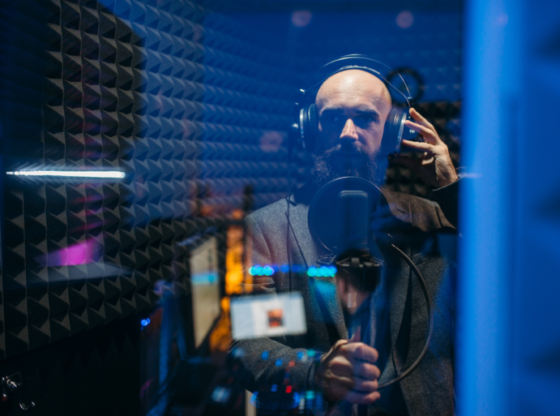Poaching is one of the most important environmental issues facing the planet. Never before has there been such a need to take seriously the natural resources that are left on earth. The human population has never been as high as it currently is, and there has never in the history of the world been as much industry, commerce, and travel.
While these things are not inherently evil, they can have negative effects on our planet’s natural ecosystems if not placed in check. This is why the efforts of conservations and government regulations exist. Not to punish or prohibit the growth of the human race, or the expanse of commerce, but to ensure that it does not irrevocably damage natural resources.
The unfortunate part about all of this is that over the decades, a lot of irreversible damage has already been done. In the last 100 years alone, it is estimated that as many as 500 species have gone extinct and the battle to fight extinction is still ongoing. Species like tigers, elephants, and rhinoceros are all dangerously close to extinction. But are these the only animals that we need to worry about?
What about poaching in America, or more specifically, the United States? Does such an advanced country still have this lingering problem, and if so, what is being done to stop it?
Is Poaching Still Practiced in America?
The sad truth to this question is that yes, poaching is still alive and well in America, and particularly in the United States. Poaching is still a regular part of many people’s yearly experience through the rivers, mountains, and forests of this great country, and there is still much work to be done to eradicate it.
Before we get further into what kinds of poaching are taking place and what animals are most in danger, let’s first understand exactly what poaching is.
What Exactly is Poaching?
In a nutshell, poaching is the trafficking or killing of wildlife that directly breaks the law. This is a practice that is never found in a ‘grey’ zone of legality. The killing of wildlife is not always poaching, as some species that have massive populations that can be harmful to ecosystems, like hogs or deer, have government-mandated seasons.
These hunting seasons are specifically designed to allow hunters access to these animals at determined times in their life cycle. What’s more, is that these allowances for hunting are all adequately monitored to maintain the best interest of the species being hunted.
An example of this would be the popular sport of deer hunting. While deer are very populous and if not hunted may overdevelop in quantity, they are still only allowed to be hunted during specific times of the year following specific regulations. Everything from the number of deer to the type of deer that can be hunted is documented. Killing a deer outside of these clear, straightforward regulations would be an example of poaching.
Why Does Poaching Happen?
Poaching largely happens for the purpose of monetary gain. Whether it’s trafficking protected animals to become exotic pets, or killing endangered animals for sought-after body parts. The black market for poachers is alive and running.
In America, the majority of the poaching that takes place is driven by the black market. Very rarely will someone be poaching for deer, or even fishing out of season as the sportsmen that regularly engage these animals are typically passionate about conservation. True sportsmen understand the nature and importance of these laws and honor them.
What’s more, is that rarely do individuals have to hunt for food out of necessity. While this still is the driving factor in very select cases, they are few and far between. Widespread food opportunities in form of grocery stores, and even government-subsidized programs have all but eradicated the need to hunt from necessity in the modern world.
What Animals Are Poached and What Can You Do?
In America, the largest prices are reserved for uniquely North American wildlife such as elk, moose, bear, cougar, and bighorn sheep. There are many more, but these are just some of the most sought-after specimens from poachers in the United States. These animals are rarely poached for trafficking and are typically killed for their body parts such as claws, horns, and furs.
The best things you can do to help stop the spread of poaching is to educate yourself and your family, and support organizations that fight this crime. Every little bit helps in whatever way you can help, whether that’s donating services, time, or money to the cause. Fighting poaching is not just about defending the animals that are at stake of becoming extinct, it’s also about protecting the natural ecosystems we need to survive as a species ourselves.











